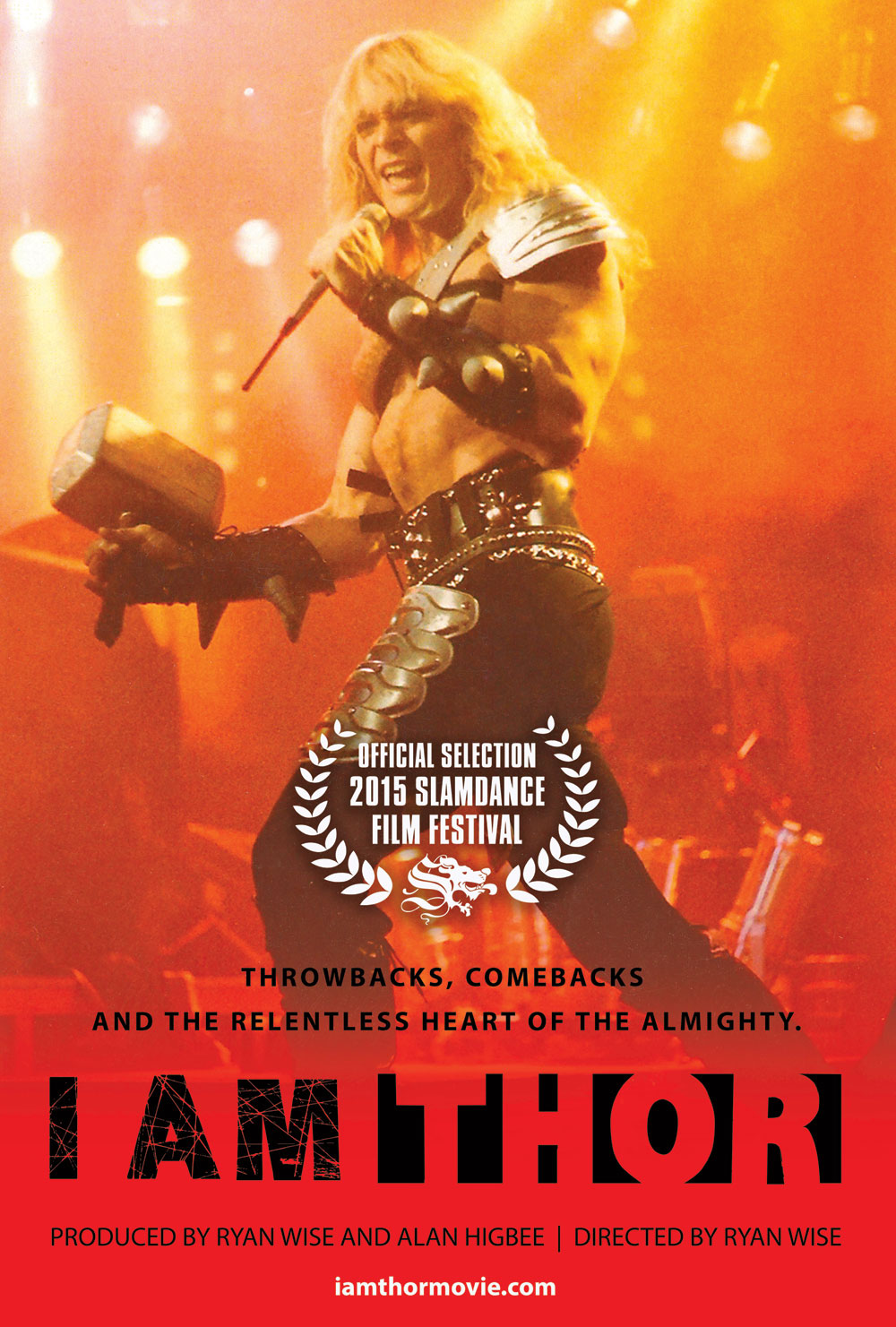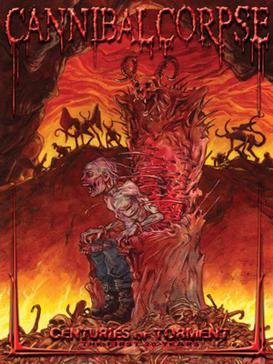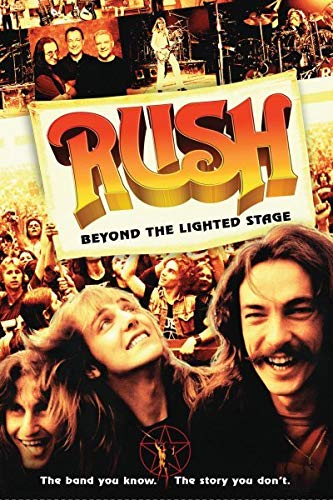Review of “Dio: Dreamers Never Die”, the 2022 documentary celebrating Ronnie James Dio, directed by Don Argott and Demian Denton.
I Am Thor
Movie review of Ryan Wise’s “I Am Thor”, released by Blue Lame 61 Productions, which follows body builder Jon Mikl Thor’s quest to conquer heavy metal.
March Of The Gods: Botswana Metalheads
Review of the 2014 documentary March Of The Gods: Botswana Metalheads,
Directed: Raffaele Mosca, Which chronicles the history of Botswanan Death/Groove Metal band, Wrust. Reviewed by Chris Galea.
Cannibal Corpse – Centuries of Torment: The First 20 Years
Review of “Cannibal Corpse
Centuries of Torment: The First 20 Years”, the 2008 documentary about legendary Death Metal band, Cannibal Corpse. review by Chris Galea.
Rush: Beyond The Lighted Stage
Review of the Documentary film, Rush: Beyond The Lighted Stage. Directed And Co-Written by Sam Dunn and Scot McFadyen. Produced by Banger Films, 2010. Review by Chris Galea
Super Duper Alice Cooper
Review of Super Duper Alice Cooper
Directed And Written by Sam Dunn, Reginald Harkema, and Scot McFadyen. Produced by Banger Films 2014. Review by Chris Galea
Heavy Metal In Baghdad
Review of Heavy Metal In Baghdad.
Directed and Narrated: Suroosh Alvi & Eddy Moretti. Produced by Vice Films 2007. Review by Chris Galea.
Death – Death By Metal Documentary
Review of Death By Metal. Directed by Felipe Belalcazar. Produced by Mental Pictures 2016. Review by Chris Galea
Death Angel – A Thrashumentary
Review of Death Angel – A Thrashumentary. Directed by Tommy Jones. Released by Nuclear Blast 2015
Review by Chris Galea.









